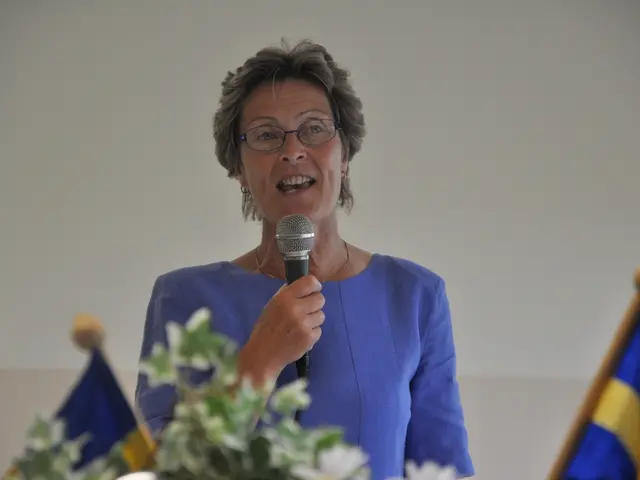Encouraging Physics Interest among the Youth - Initiation of XL Project - Launching a project to captivate youth in physics - XL initiative commences
Attracting Youth to Physics and Countering Talent Shortage: XL Project Commences
To ignite interest in Physics and related fields among young people, an extensive, practical educational study is underway. The University of Dortmund, in partnership with the Institute for School Development Research (IFS), takes part in a five-year research program aimed at discovering novel strategies to engage more youth.
The study, a first in educational research, prioritizes educational justice and addresses the scarcity of talent in the natural sciences. Researcher and IFS director, Nele McElvany, shared this information with the German Press Agency.
Promoting Equity, Overcoming Talent Scarcity
Designed to promote educational equity, the study focuses on underrepresented groups, including girls and young people from educationally disadvantaged backgrounds. These individuals are less likely to pursue subjects such as Physics, Chemistry, and Computer Science. The interdisciplinary project also seeks new strategies to redress the talent shortage in the natural sciences.
An intervention study is being conducted in select schools to understand how students can be inspired towards natural sciences, particularly Physics. Funded by an "Excellence Cluster," the project was chosen as one of several that will receive federal and state funding from 2026. The research focuses on advancing the foundations of new technology in Physics and fostering sustained interest among young people.
Addressing Perceptions and Inspiring Curiosity
Many students view Physics as uninteresting or detached from their lives. The study aims to address these misconceptions and showcase Physics' relevance to individuals from diverse backgrounds. By highlighting role models from underrepresented groups and optimizing educational materials, the project seeks to break down these barriers.
"The strategies target both the self-images of young people and their perception of Physics," McElvany remarked. The project employs an "experimental design" to draw meaningful conclusions about effective approaches to engaging underrepresented students.
The project's scope extends beyond Physics
The project kicks off in the ninth grade across 45 schools in Berlin, Bavaria, and Saxony-Anhalt. The young people will be guided until they graduate, with at least one follow-up survey planned afterwards. The findings from the study could be applied to other subjects and integrated into teaching, according to the education expert.
"With this approach, more young people can develop their potential while addressing the shortage of skilled workers," she added.
The TU Dortmund, along with universities in Halle, Regensburg, and FU Berlin, are involved in the project.
- The study, aiming at promoting educational equity, will incorporate vocational training in Physics to counter talent shortage and inspire underrepresented students, such as those from disadvantaged backgrounds, emphasizing the importance of science education and self-development.
- As part of the XL Project, the universities involved will explore innovative strategies, including vocational training in Physics, to cultivate interest in the natural sciences among students, ensuring a diverse talent pool for the development of new technology and closing the talent gap in the field.







